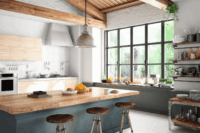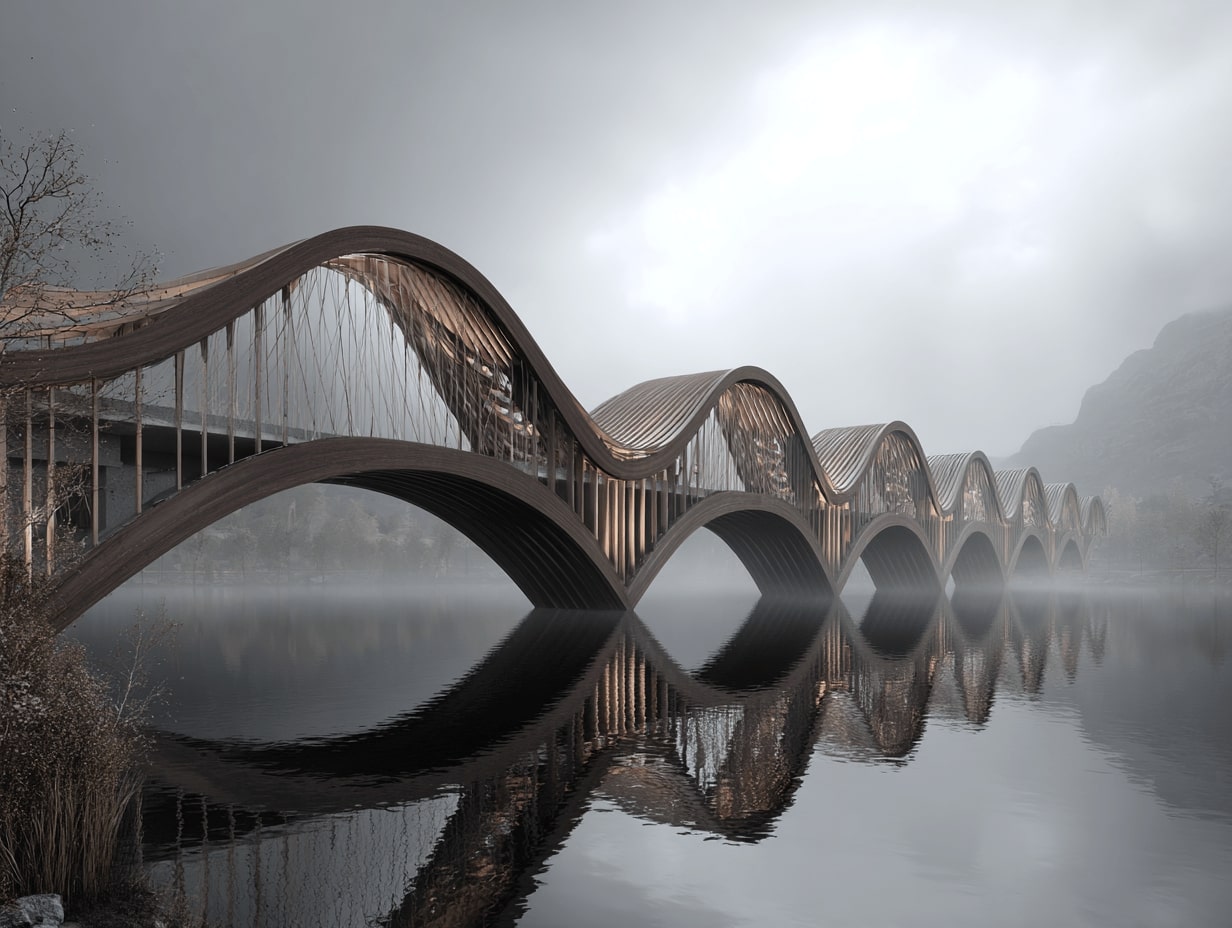- Home
- Articles
- Architectural Portfolio
- Architectral Presentation
- Inspirational Stories
- Architecture News
- Visualization
- BIM Industry
- Facade Design
- Parametric Design
- Career
- Landscape Architecture
- Construction
- Artificial Intelligence
- Sketching
- Design Softwares
- Diagrams
- Writing
- Architectural Tips
- Sustainability
- Courses
- Concept
- Technology
- History & Heritage
- Future of Architecture
- Guides & How-To
- Art & Culture
- Projects
- Interior Design
- Competitions
- Jobs
- Store
- Tools
- More
- Home
- Articles
- Architectural Portfolio
- Architectral Presentation
- Inspirational Stories
- Architecture News
- Visualization
- BIM Industry
- Facade Design
- Parametric Design
- Career
- Landscape Architecture
- Construction
- Artificial Intelligence
- Sketching
- Design Softwares
- Diagrams
- Writing
- Architectural Tips
- Sustainability
- Courses
- Concept
- Technology
- History & Heritage
- Future of Architecture
- Guides & How-To
- Art & Culture
- Projects
- Interior Design
- Competitions
- Jobs
- Store
- Tools
- More
Why Parametric Design Is the Future of Architecture: Flexibility and Innovation

In an era where technology reshapes every industry, architecture isn’t left behind. Parametric design, with its ability to create complex, adaptive structures, stands at the forefront of this transformation. By leveraging algorithms and computational power, we can now craft buildings that are not only aesthetically pleasing but also highly functional and sustainable.
Imagine a world where buildings respond to their environment, optimizing energy use and enhancing comfort. Parametric design makes this possible, allowing us to push the boundaries of traditional architecture. As we explore why parametric design is the future, we’ll uncover how it’s revolutionizing our approach to creating spaces that are both innovative and efficient.
Table of Contents
ToggleUnderstanding Parametric Design
Parametric design represents a major shift in architectural practice. It’s transforming how we conceive, develop, and construct buildings.

What Is Parametric Design?
Parametric design involves using algorithms and parameters to manipulate and generate architectural forms. By defining a set of rules and relationships, designers can create adaptive and complex structures that respond to various constraints. For example, parametric models can adapt a building’s shape based on environmental data like sunlight or wind patterns. This method offers flexibility and precision, which traditional design approaches lack.
Brief History of Parametric Design in Architecture
The origins of parametric design in architecture trace back to the 1960s. Pioneering architects and mathematicians explored algorithmic processes to solve complex design problems. However, substantial progress occurred during the 1990s with the advent of advanced software tools like Grasshopper, integrated into Rhinoceros 3D. These tools allowed architects to develop parametric models more efficiently. Iconic examples, such as Zaha Hadid’s Heydar Aliyev Center, have since showcased the potential of this approach in creating dynamic, fluid forms.
Key Benefits of Parametric Design
Parametric design offers several significant advantages over traditional architectural methods. It drives creativity, enhances efficiency, and supports sustainability.
Enhanced Creativity and Innovation
Parametric design boosts creativity and innovation by enabling architects to explore complex geometries and organic forms easily. With parametric tools, we can manipulate design elements through algorithms, opening up possibilities for unique, customized structures like the Heydar Aliyev Center by Zaha Hadid. This flexibility allows us to push aesthetic boundaries and develop groundbreaking architectural solutions.

Improved Efficiency and Accuracy
Parametric design improves efficiency and accuracy by automating repetitive tasks and reducing human error. Through parametric modeling, we can generate detailed design iterations quickly, ensuring precise measurements and reducing the time spent on revisions. Tools like Rhino and Grasshopper help us optimize material usage and streamline construction processes, resulting in cost savings and consistent quality.
Sustainability and Environmental Integration
Parametric design supports sustainability by enabling architects to integrate environmental data into their models. We can create buildings that respond to site-specific factors like sunlight, wind, and temperature using parametric algorithms. For instance, facades designed to maximize natural light reduce energy consumption and enhance indoor comfort. This approach ensures our designs are not only innovative but also environmentally responsible.
Impact of Parametric Design on Modern Architecture
Parametric design stands as a cornerstone in modern architecture, transforming our approach to building design and execution. Its innovative methodologies enable unprecedented flexibility, creativity, and optimization in construction.
Case Studies: Iconic Parametric Buildings
Parametric design’s impact is evident in numerous iconic buildings:
- Heydar Aliyev Center: Designed by Zaha Hadid, this center in Baku, Azerbaijan, showcases fluid forms and seamless curves, illustrating parametric design’s ability to produce structures that defy conventional geometry.
- Shanghai Tower: Located in China, this tower leverages parametric design to maximize structural efficiency and address environmental challenges, standing out as a sustainable architectural marvel.
- Vessel at Hudson Yards: This structure in New York City, designed by Heatherwick Studio, embodies complex geometrical precision and interactivity, reflecting parametric design’s aesthetic prowess and functional innovation.
The Role of Technology in Parametric Architecture
Technology plays a pivotal role in parametric architecture, driving advancements and functionalities:
- Algorithmic Design Tools: Software like Grasshopper and Rhino enable architects to manipulate algorithms and parameters, generating intricate designs quickly and accurately.
- Building Information Modeling (BIM): Integrating BIM with parametric design facilitates seamless data exchange and collaborative workflows, enhancing project management and execution.
- 3D Printing and Robotics: These technologies allow for the realization of complex designs, promoting precision and reducing material waste in construction.
Parametric design and technology together revolutionize the architectural landscape, fostering the design of innovative, sustainable, and aesthetically impressive structures.
Challenges and Controversies Surrounding Parametric Design
Parametric design, despite its advantages, faces significant challenges and controversies. These issues range from technical hurdles to aesthetic and cultural considerations.
Technical and Skill-based Challenges
Technical challenges with parametric design include the learning curve associated with advanced software. Tools like Grasshopper and Rhino demand specialized skills, which limit their accessibility. Architects need extensive training to leverage these tools efficiently. The integration of BIM, 3D printing, and robotics imposes additional technical demands, requiring interdisciplinary collaboration.
Another issue is software compatibility. Different design software platforms may not seamlessly communicate, causing workflow disruptions. This lack of interoperability complicates data sharing and project collaboration.
Scaling issues also exist. Creating intricate designs at an architectural scale can strain computational resources, leading to slow processing times and increased costs.
Aesthetic and Cultural Considerations
Aesthetic controversies arise when parametric designs prioritize form over function. Critics argue that such designs sometimes lack practicality and context-specific relevance. For instance, a design that looks impressive might not suit local environmental conditions or cultural contexts.
Cultural considerations also come into play. Parametric architecture often reflects a globalized style, which may overshadow local architectural traditions. Some critics feel that this leads to a loss of cultural identity in built environments.
Resistance from traditionalists exists. Many architects and communities still value conventional design practices and view parametric design as a departure from established norms. This cultural resistance can hinder the adoption of parametric techniques.
By acknowledging these challenges, we can better understand the complexities involved in making parametric design the future of architecture.

Future Trends in Parametric Design
Future trends in parametric design indicate the increasing integration of advanced technologies and innovative practices. These trends are shaping the future of architecture by pushing the boundaries of what is possible.
Advances in Technology and Material Science
Advances in technology and material science are revolutionizing parametric design. New software tools with enhanced computational capabilities allow architects to create complex geometries and optimize structures efficiently. For example, algorithm-driven design software like Grasshopper and Rhino enable precise control over architectural forms. Additionally, innovations in material science, such as the development of self-healing concrete and responsive materials, offer new possibilities for sustainable and adaptable buildings. Integrating these advanced materials into parametric design ensures structures are more resilient and environmentally friendly.
Integration with Other Innovative Practices
Integration with other innovative practices is another trend shaping the future of parametric design. Combining parametric design with Building Information Modeling (BIM) enhances project management and collaboration among stakeholders. BIM allows real-time data sharing and updates, improving accuracy and reducing errors. Furthermore, parametric design synergizes with 3D printing and robotics, facilitating the construction of intricate structures that were previously unfeasible. This integration accelerates construction timelines and reduces costs. Renewable energy solutions, when embedded in parametric models, optimize energy efficiency and promote sustainability in architecture.
Submit your architectural projects
Follow these steps for submission your project. Submission FormLatest Posts
Top 10 Examples of Parametric Architecture Around the World
Parametric architecture is reshaping global design through computational tools that generate fluid...
10 Notable Architects Who Excel in Parametric Design
Discover 10 leading architects who excel in parametric design, showcasing how computation,...
Parametric Design in Bridge Architecture: From Idea to Ribbon-Cut
Parametric design in bridge architecture: how data, rules, and optimization speed iterations,...
8 Principles of Parametric Architecture You Should Know
Parametric architecture merges computational logic with creative exploration, allowing designers to generate...













Leave a comment